-
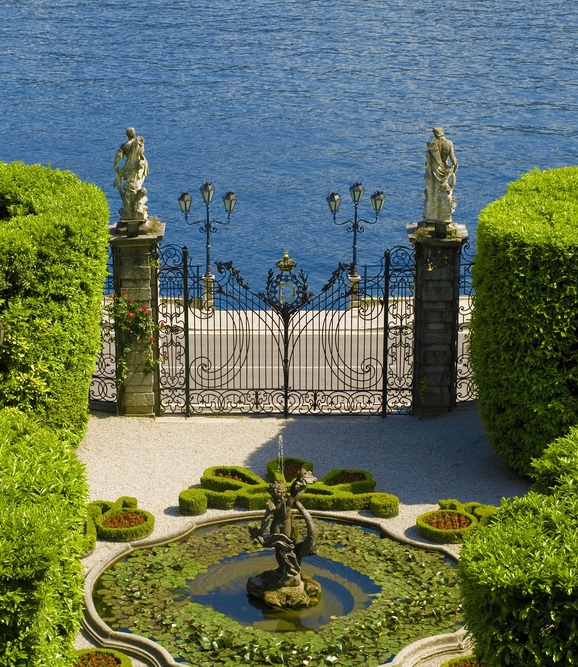
Villa Carlotta Gardens -

Villa Carlotta Gardens -

Villa Carlotta Gardens -

Villa Carlotta Gardens -
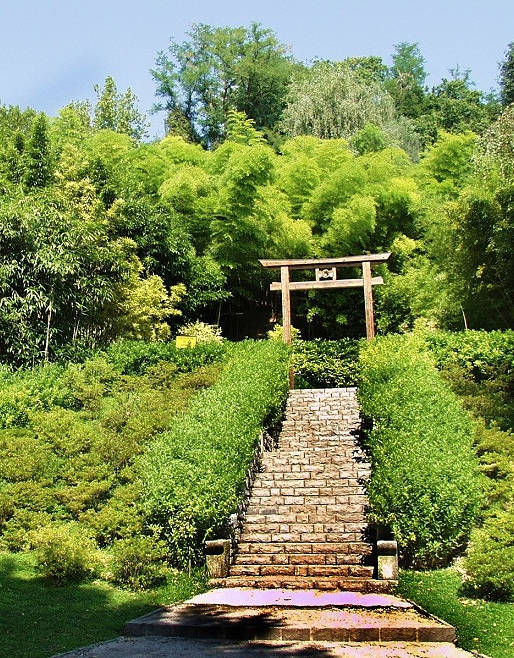
Villa Carlotta Gardens -
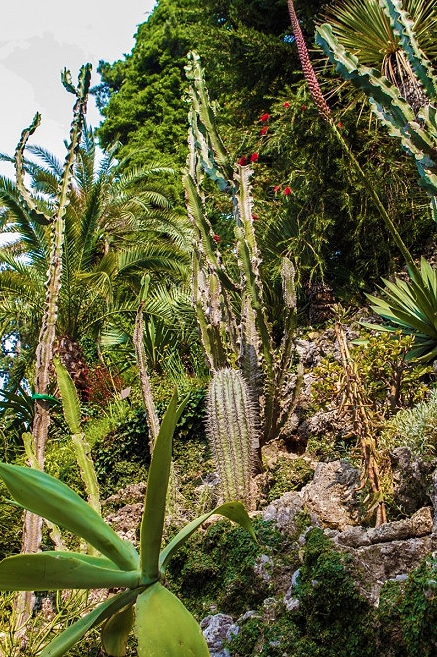
Villa Carlotta Gardens -
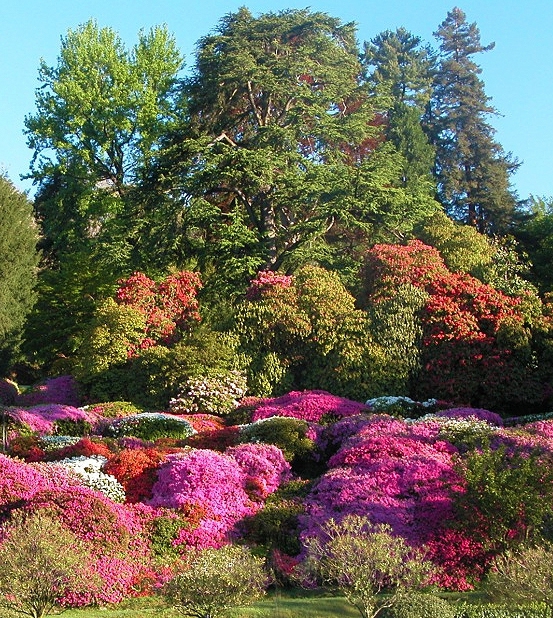
Villa Carlotta Gardens -
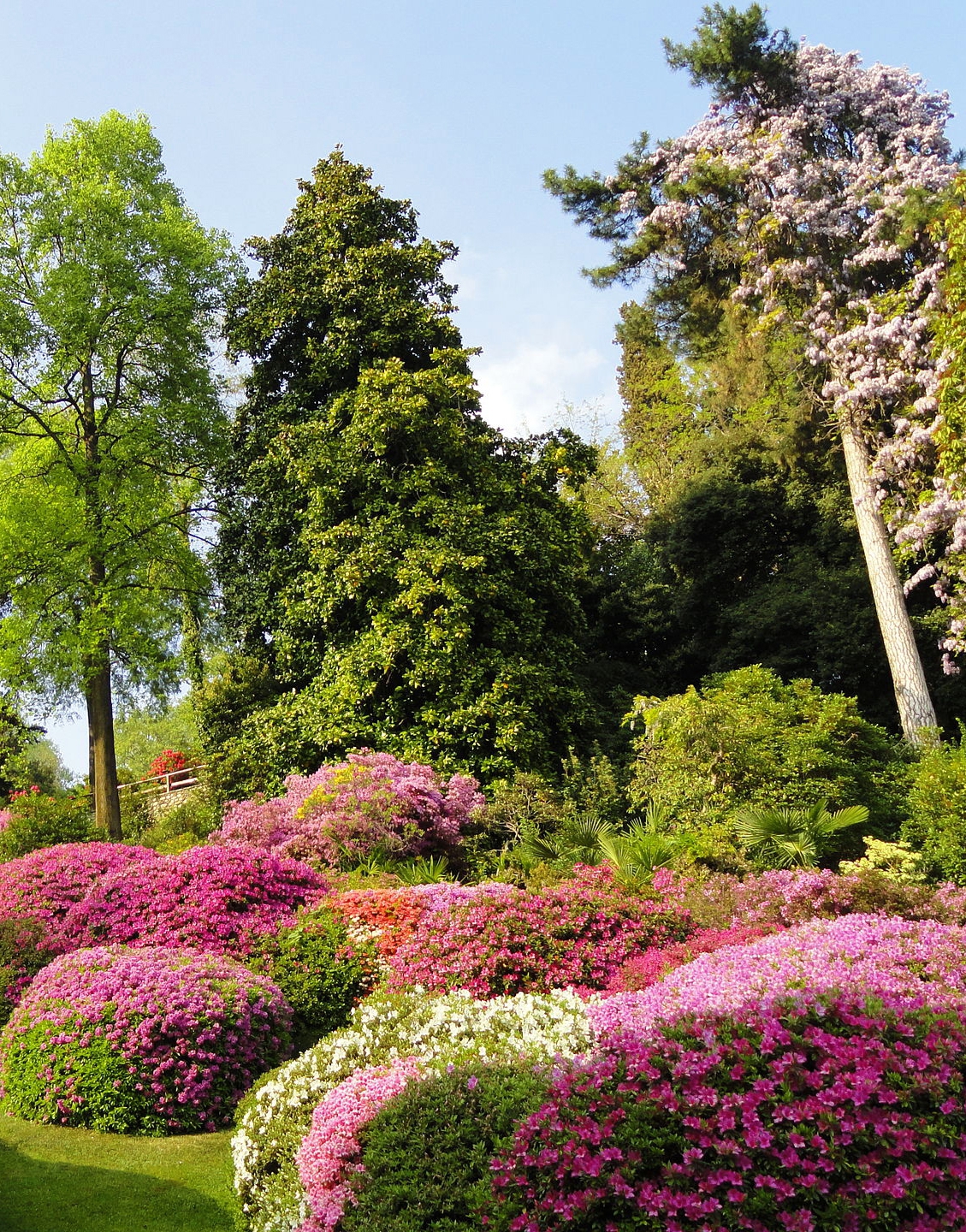
Villa Carlotta Gardens -
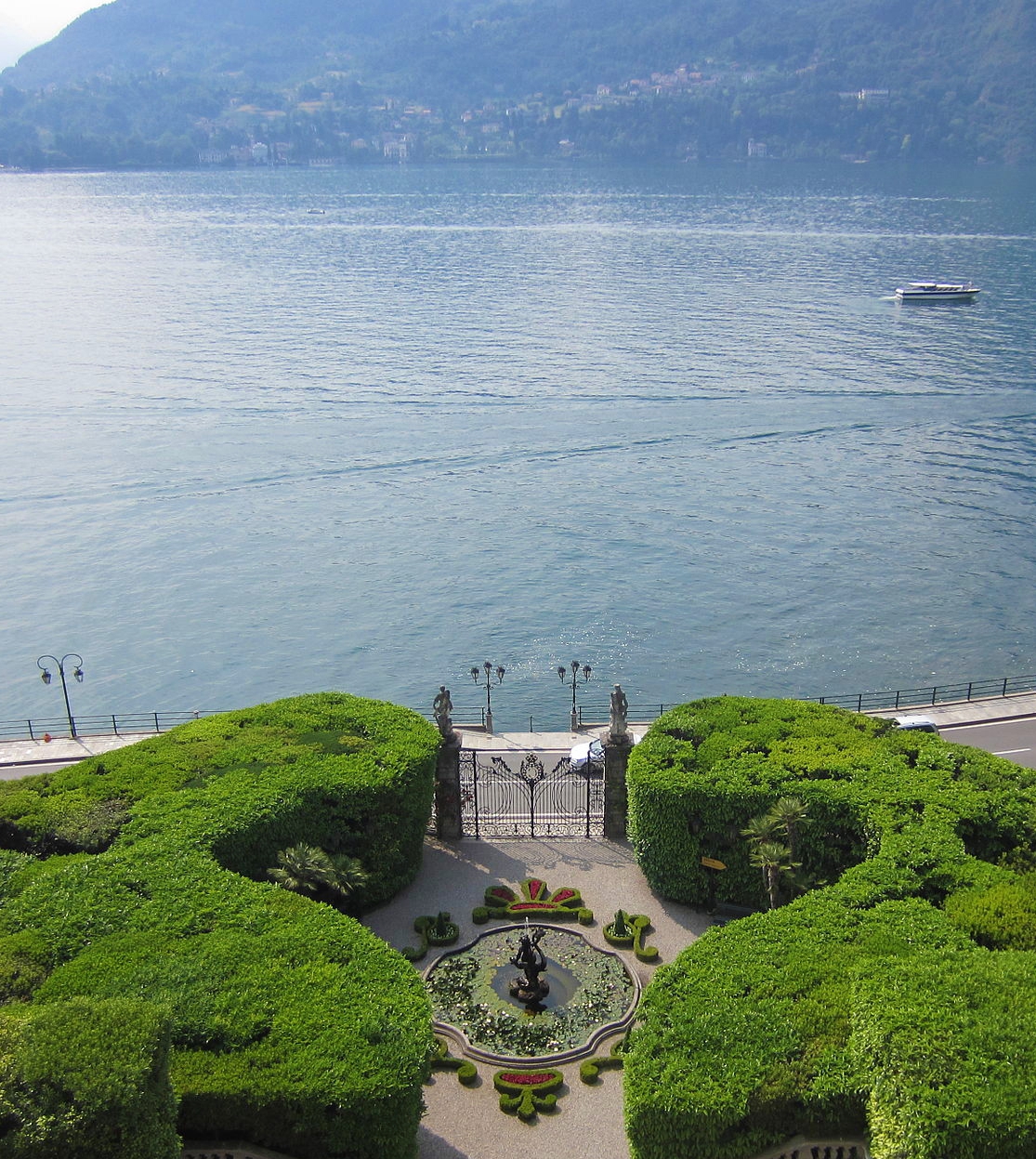
Villa Carlotta Gardens -
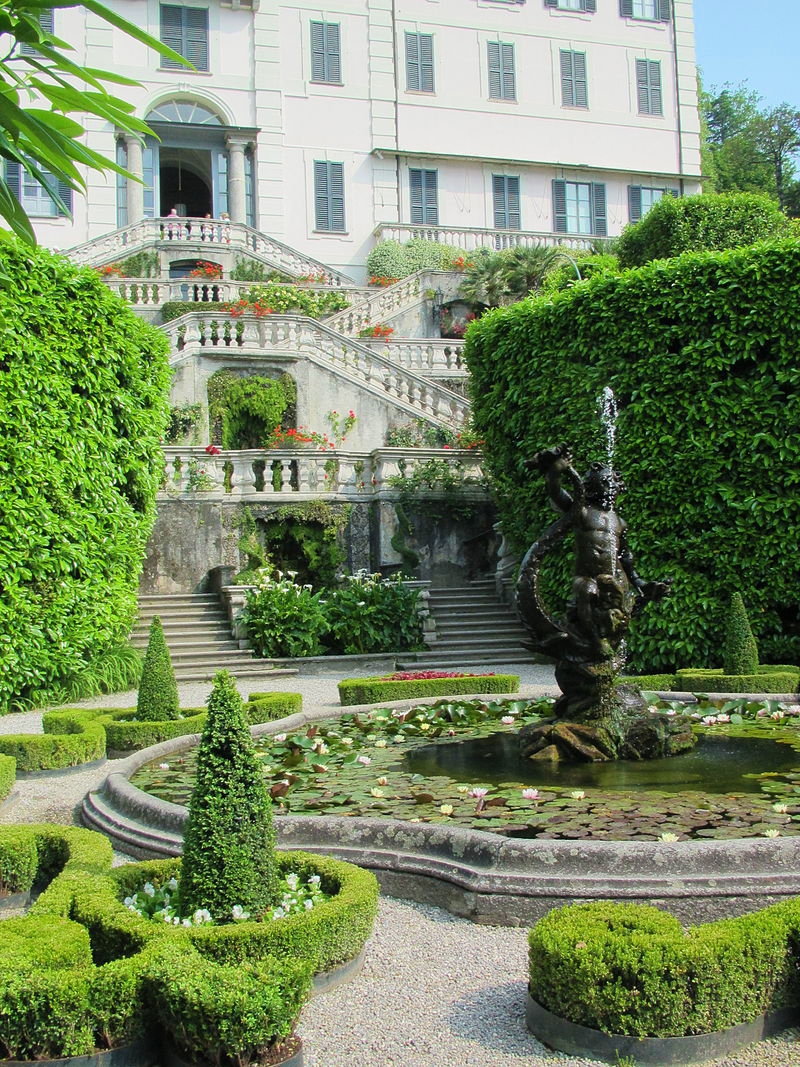
Villa Carlotta Gardens -
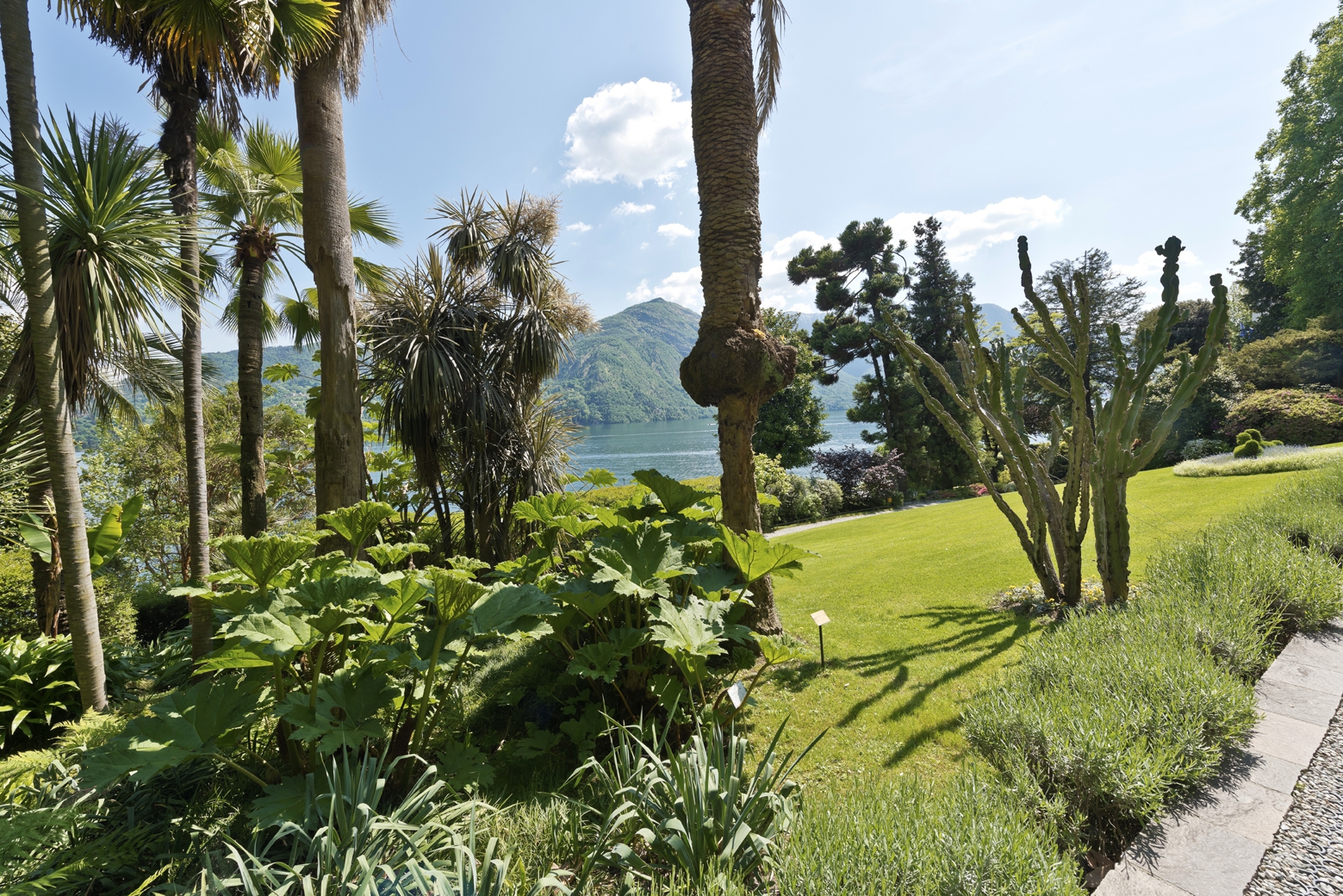
Villa Carlotta Gardens -
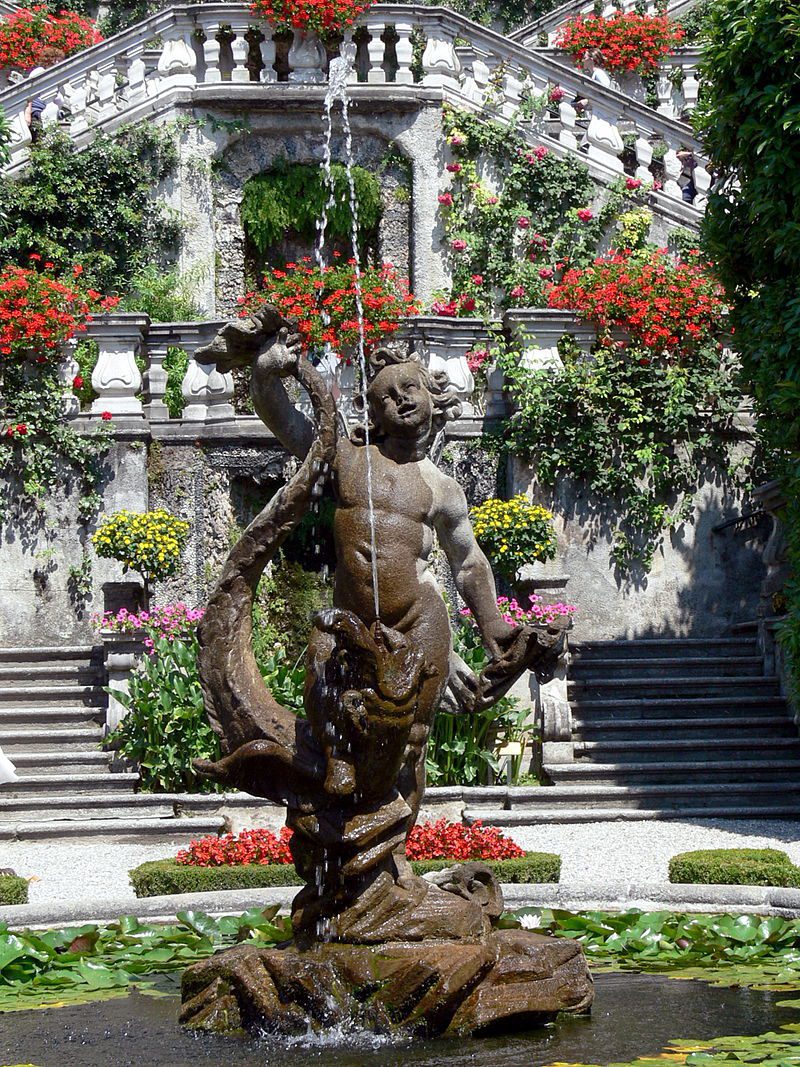
Villa Carlotta Gardens
Villa Carlotta Gardens Tremezzo Like
Villa Carlotta Gardens: Description
The garden-park of Villa Carlotta (about 8 hectares) is a very fascinating place: its favourable position, but also the harmonic coexistence of styles, the variety of plant species, the literary suggestions make it worthy a visit. Come and see the Italian garden that dates back to the XVII Century with its geometrical schema, stair and terraces, statues and fountains; feel the echoes of the Romantic period, still alive in the structure of the park with old trees of big size and views of great charm; come to live the impressive vegetal architecture of the second half of the XIX Century with the monumental azaleas and rhododendrons and the unending richness of rare plants and species!
The terraces and the Italian garden
Geometrical flowerbeds, small basins, grotesques and fountains animate the five terraces in front of the villa. Going up the ancient steps, the visitor may meet one botanic wonder after the other: the high edges of camellias, the papyrus, the two large and renowned tunnels of citruses, the numerous roses that decorated the walls, in many cases very old specimens survived over the years. The French writer Gustave Flaubert celebrated this part of the garden, during his stay on the Como Lake in the spring 1845: "the stone steps touching the water, the big trees, the roses embracing a fountain..." remained long time in his memory. From the terraces, it’s possible to have a wonderful view of the Italian garden with its stone balustrade decorated with twelve statues of mythological divinities and allegorical figures in Candoglia marble, dating back to the first years of the XVIII Century. They represent Night, Hercules, Deianira, Zephyrus, Flora, Apollo, America, Pomona, Vertumnus, Galatea, Echo and their meaning is linked to the rhythms and the pleasures of rural life. In the center of the Italian garden is located a large shaped eighteenth-century basin with the statue of Arion of Metimna, mythological singer and musician, saved by a dolphin from the waves of the sea.
The Azaleas
In April and in May Villa Carlotta offers an authentic sea of multicolored azaleas in high rounded cushions along the garden paths. The effect is unique, because of the chromatic variety and of plant size. Here it is possible to verify the ability of the landscape architects of the Saxen-Meiningens times and of the today's gardeners able to create and maintain such a route in bloom, interpreting in a modern key the aims and the techniques of the ancient topiary art. To enjoy the scene a short path between the azaleas lead to a romantic gazebo: from there it is possible to admire real waves of azalea in a background of rhododendrons.
The Camellias
Considering the size achieved by a number of specimens, it is possible to conclude that here the use if the camellias goes back to a remote past. Walking through the park, let is admire the different varieties in many colors. Some of the camellias are quite rare, such as the group at the back of the villa, near the niche today covered by a fern.
Rhododendron woods
A single species of rhododendron (Rhododendron arboreum) has been here able to recreate a scene that in nature can only be equaled on the Himalayan Mountains: a great number of trees - some of them one hundred years old - evoke with their trunks and brunches an unforgettable atmosphere. Characterized by a thick trunk with no brunches in its lowest part, 30-60 in diameter and from 1 to 15 m. in height, the Rhododendron arboreum is a tree with lanceolate or oblong leaves and inflorescences with 15-20 red flowers each, in the typical species, or pink or white in some of the sub-species.
The theatre of greenery
Plant materials created here a very surprising awesome perspective: a grassy and winding path rises on the hill, bordered on both sides by trees, to a perspective vanishing point between high conifers. It is a modern version of the 'theatre of greenery'. On the grass carpet, some plants play an important role: the azaleas, the rhododendrons, the palms and an extraordinary old wisteria, a real natural sculpture.
The bamboos garden
In about 3000 square meters inspired by the principles and the techniques of the art of the Japanese garden are located more then 25 different species or variety of bamboos, some of them truly rare, in a context of great harmony, with small waterfalls, a stream, and rocks. A stone stairway, passing under a Torii portal, leads to an area divided into two floors: the upper, surrounded by giant bamboos woods is an oasis of calm and quietness where it's possible to appreciate all the different lights, sounds, colors deriving, in the different hours of a day, from the serene union of water and bamboos.
Ferns valley
The skilful hand of a landscape architect had been able to transform a common natural ravine in a wonderful environment with the purpose of amazing the visitor, thanks to the addition of lindens, plane-trees and exotic plants such as the arborescent and palmiform big ferns coming from Australia. The view from the terrace at the end of this valley is astonishing and of a great charm.
The Rock garden
It is a distinctive herbaceous lay out, made up by an upper crown of shrubs of excellent ornamental impact. Underneath there is a mosaic of herbaceous perennials - spring and summer flowering – alongside various species of palms coming from different parts of the world. In the east area rock garden , displayed between stones and crevices, there is a considerable number of cacti and other succulents whose species belong to about 15 different genera, they are planted in this area during the good season and taken back to the glass house when it starts to get too cold.
The old garden
On the left of the villa, after crossing a bridge over a brook, it's possible to visit the old garden. This area may seem less spectacular than the rest of the park but it's really rich in romantic suggestions. The old garden, in fact, preserves till nowadays the original structure of the park with its central path and the giant plane-trees, celebrated by the famous French writer Stendhal. Here is also located the fountain of the Dwarves, curious building in a baroque taste with statues, stairs and waterfalls.
The museum of agricultural tools
To preserve the historical memories of the ancient agricultural and gardening techniques and of several generations of very skilful gardeners, an exhibition of old tools, once used in Villa Carlotta, is displayed in a lovingly restored greenhouse. This selection include a press, a tub, a fire fighting pump, some sieves, watering cans and barrels, a few wheelbarrows and all the tools required for the production of wine, and honey, to name but a few.
More to Explore.
Explore 23 other Parks and Gardens
Lake Como is a well known destination for its lavish gardens, parks and public spaces--whether a guided tour or summer picnic.